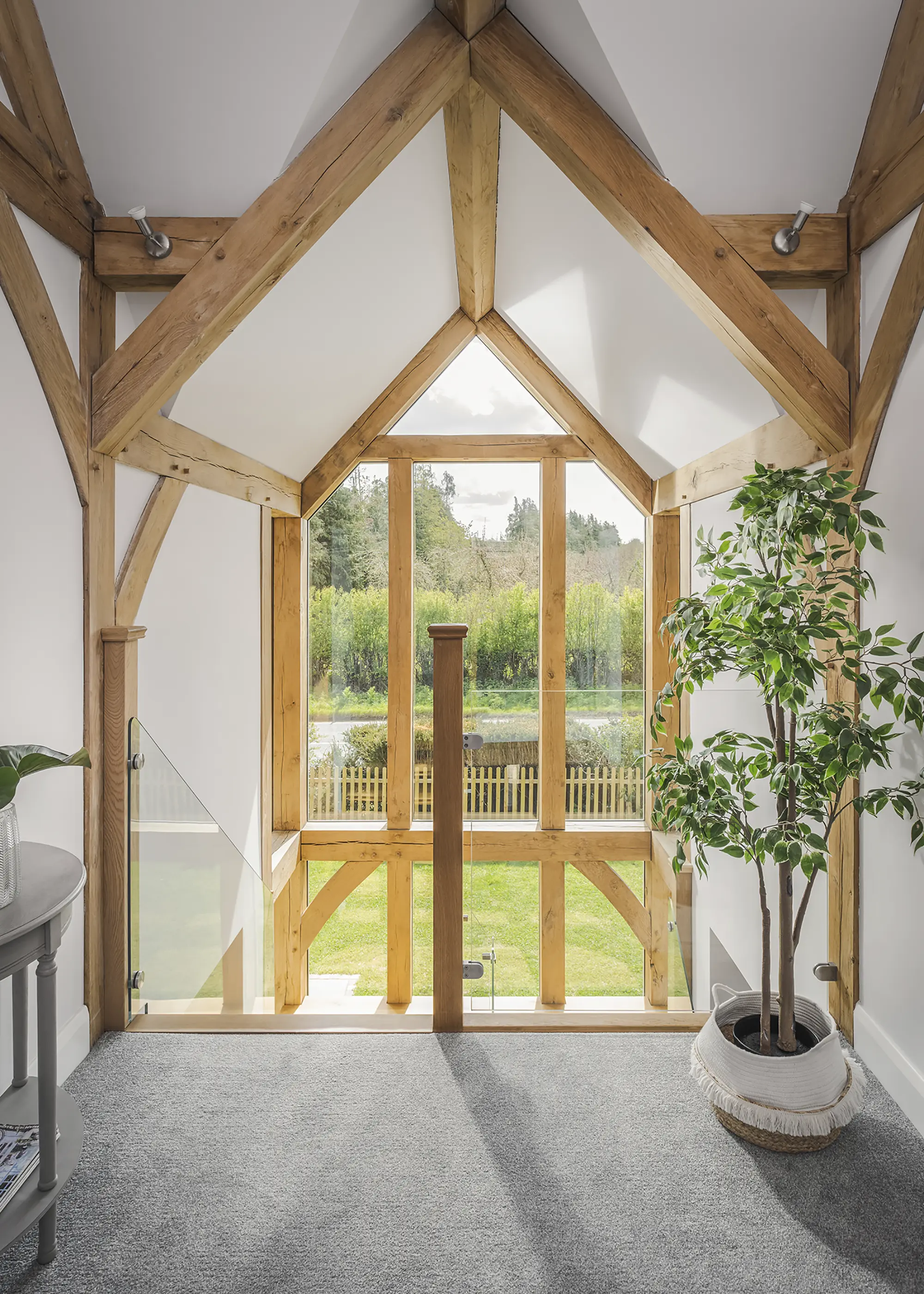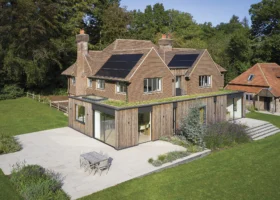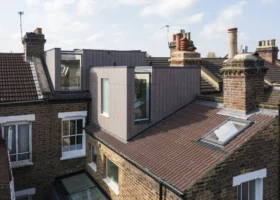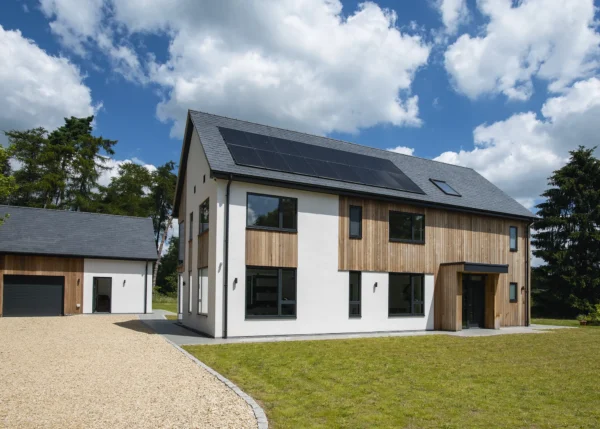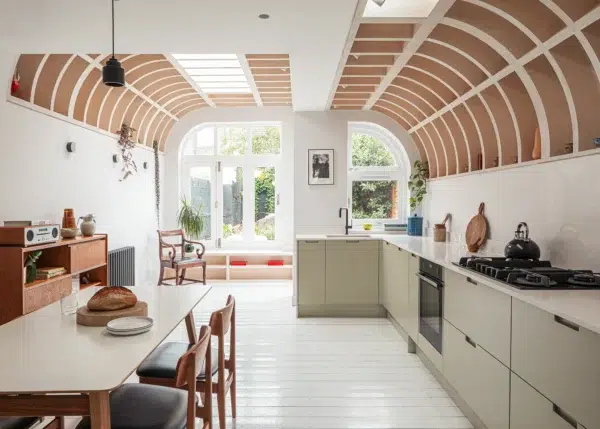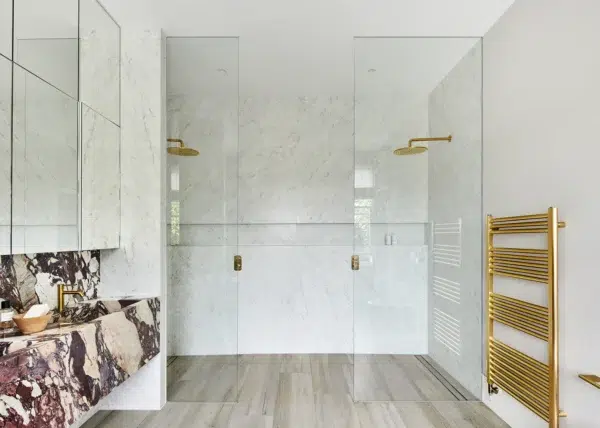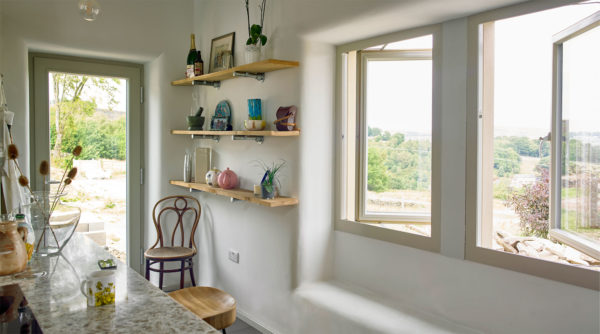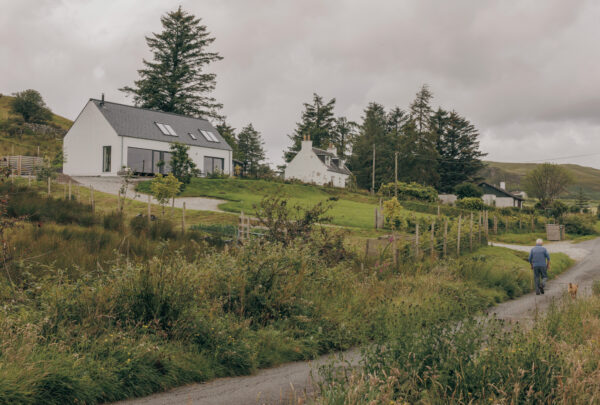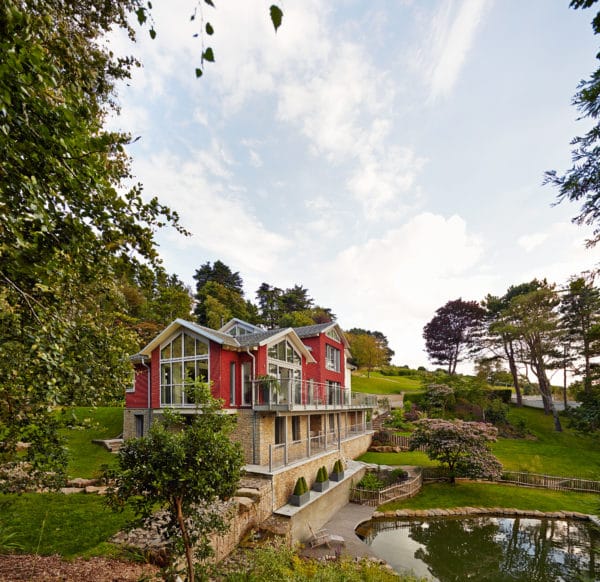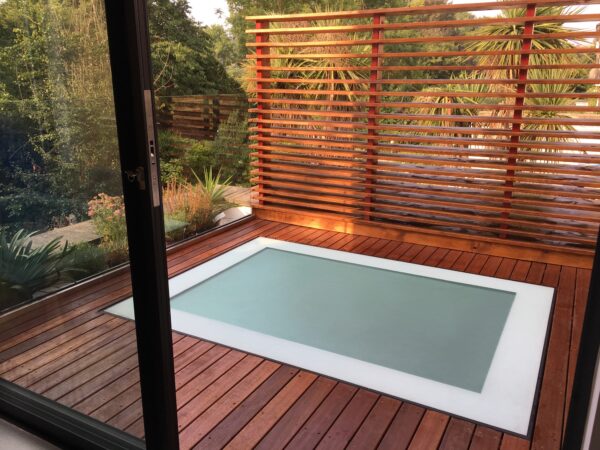How to Get Gable End Windows Right: Your Gable Window FAQs Answered
Gable end windows can create a striking statement, both inside and out. Whether you’re wanting to enjoy the late summer sunsets or crisp autumn mornings, a light-filled, bright interior will transform your home and could improve your day-to-day mood. So it’s no surprise that designing a house that pulls ample brightness inside as the sun moves across the sky is high on the priority list for most self builders and renovators – and a glazed gable can help to achieve this.
Installing large spans of glazing is a clever trick for flooding rooms with natural light – and positioning them high up into the peak of your roof will maximise light gain and capture views on both storeys, not to mention add to your home’s architectural appeal.
Many people choose to use a glazed gable as part of a complete glass wall that reaches from ground level right up to the roof of a house. You can opt for slim-frame units that stretch all the way up the building, which work wonderfully in tandem with glazed doors and mezzanine levels.
Alternatively, glaze a full two-storey structure (such as double-storey extension) by using twin sets of full-height glass, stacked on top of each other with the structural join clad in something that matches either the window frames or the facade.
If the gable end has a central chimney, look to glaze either side of it to create a design feature. The right style for you really hinges on how you want your house to look, its overall layout, design and location.
While a major advantage of installing expansive glazing is the ability to see out from your home across the surrounding scenery, putting glass in places that overlook neighbouring properties and their gardens could mean you face problems when it comes to gaining planning permission.
So you’ll need to work alongside a good designer to get the right balance between achieving a good view and illumination, while minimising any impact on neighbours.
Gable end window FAQs answered by experts
The experts at Scenario Architecture answer your questions about incorporating a gable window into your self build or extension project
How big can the spans of glass be and will they need extra structural support?
Think about the huge glazed areas seen in large commercial buildings; the same kind of thing can be done in a house, but it has to make sense in the context of the surroundings. This rule also applies to how many panes of glass you use and how big they are.
| Loving the Oxfordshire town they already lived in, Jonathan Boyne and Karen Anders didn’t want to stray too far from it. Yet the large, modern style of house they wanted just didn’t exist among the quaint cottages and new build estates. Spotting potential in a 1940s chalet bungalow on a good plot of land, the plan was to extend and renovate, but on the advice of their architect, the couple decided to knock it down and rebuild.
The initial brief to DP Architects was for a contemporary property, which felt at home in its rural surroundings. Plans were approved for a long and low property, mimicking a barn but with a pair of two-storey glazed gables projecting into the garden, plus a smaller gable at the front of the house where the entrance would be. Anthracite-coloured steel would wrap the roof and much of the walls, with fully-glazed gable ends to capture the stunning views. The design took a year to finalise. At 520m², this large build is a world away from a rudimentary agricultural shed, so it was important to work with a build system and materials that could maximise the budget. The underlying structure is blockwork, topped with attic trusses. The powder-coated steel that wraps over the roof and down the walls, from Catnic, was chosen as a more cost-effective alternative to zinc. Photo: Mike Couch & Paul Craig |
Modern structures tend to suit larger spans, for instance. The design also needs to match the project budget – using smaller windows will help to keep costs down. There are various ways of supporting a big window and if the glass meets the roof then it will need to bear up against the weight of snow, too. Your glazing supplier will be able to calculate what loads the system you’ve chosen is capable of withstanding – if it needs additional reinforcement then your structural engineer’s calculations should identify what’s safe.
Will I have to buy special glazing and frame materials?
If the glass window end is in an accessible area where people can lean on it, or there’s a danger of furniture bumping into it, then you’ll need to specify safety glazing that will withstand high pressure, vibrations and impact.
| Nestled into the quiet Suffolk countryside, this traditional timber frame home has been given a breath of fresh air with a stunning open-plan glazed kitchen-diner, designed by Brooks Architects.
Over the years, the original 16th-century house has been altered and extended many times, but the owners were keen to put their own stamp on the house with a new zone that would fill the property with natural light. The addition’s design is characterised by a large glazed gable end and ultra-slim aluminium sliding doors, which were supplied and installed by IDSystems. The roof’s pitch is angled to mirror the main home’s structure while the use of timber cladding on the underside of the gable overhang nods to the existing property’s internal timber beams. Photo: Chris Taylor |
The right choice of frame material will depend on the look of the rest of the property. For example, if you have a traditional house where all fenestration is wooden, you might continue with the same material. We normally use aluminium because it is very strong – pick a product with a good guarantee so the blame for any structural defects should fall on the supplier.
Will my house get too hot if there’s a wide stretch of glazing?
Windows have a lower insulation level than solid walls, so there is a risk of rooms featuring lots of glass getting too warm in the summer and too cold in the winter – just think about what it’s like in a traditional conservatory.
| After months of searching for their dream property on the market, Charlie and Helen Mills decided to create a new, bespoke home instead. They purchased a custom build plot in Hereford, teaming with oak frame housebuilder Oakwrights to take the project forward.
Charlie, managing director at the company, already had an appreciation for oak, and combined with Helen’s desire to create a cottage-style home, the design details fell into place. The simple yet elegant self build features an open-plan layout with a central glazed gable, allowing light to reach each corner of the interior. The structure makes use of an aisle frame, which concentrates the oak to the centre of the home. While creating a great aesthetic feature, this also helped to keep the cost of the oak frame to a minimum. Photo: Mark Watts |
But you can solve these problems with strategically placed shading and by making sure there is a good ventilation supply. Plus, your designer should look to minimise these issues by taking the sun’s movement into account when they draw up the plans.
Most people use a glazed gable to boost light and views rather than as a primary ventilation source, but it is possible to include opening windows. These tend to be electrically operated because they are often out of reach. It’s common to have glazed doors beneath, which means there’s adequate ventilation already in place.
Can I retrofit a glazed gable into an existing property?
If you are placing a glazed gable into an older structure then your designer needs to properly analyse the building to address any problems and establish if the glass frames would need extra support.
All issues in the structure need to be resolved prior to installing new features. But these things are always dealt with case-by-case because no building is exactly the same, so it’ll be down to the manufacturers and the structural engineer to reach the right solution for your home.



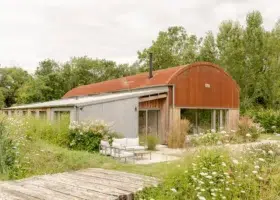
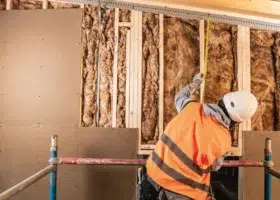
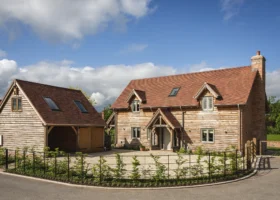


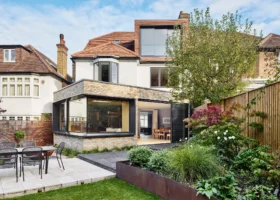
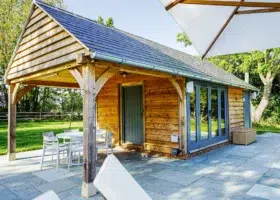
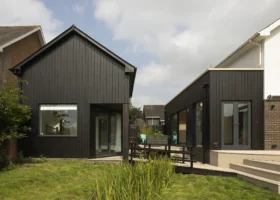
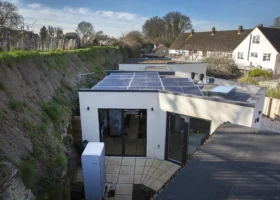
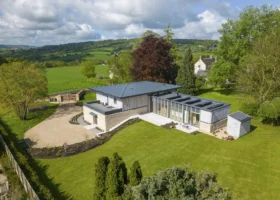
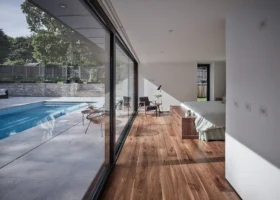
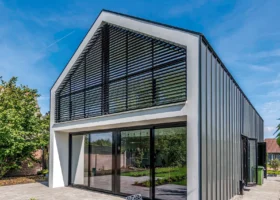
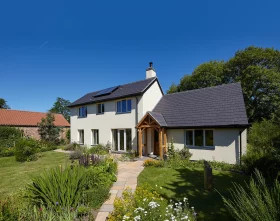
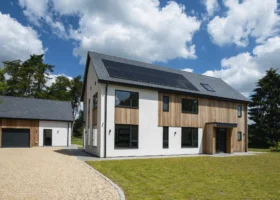
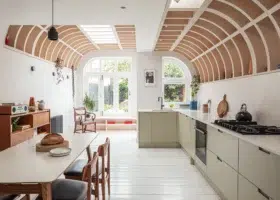
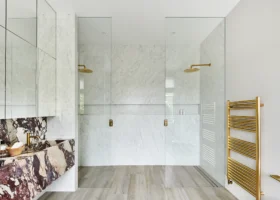
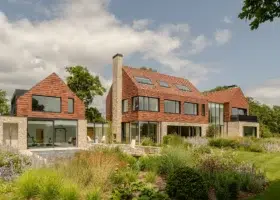
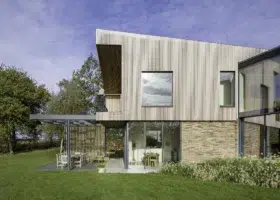
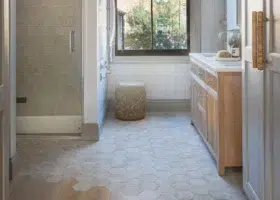

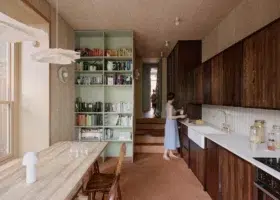
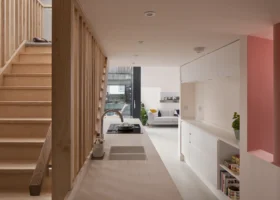
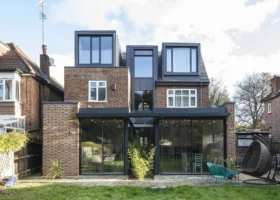
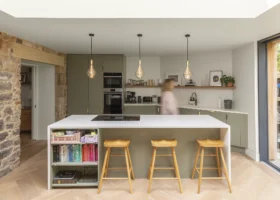
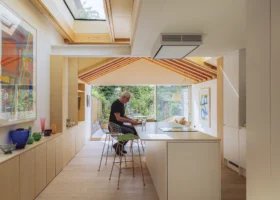
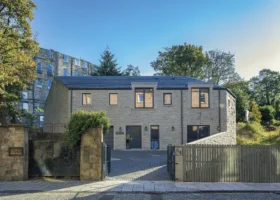
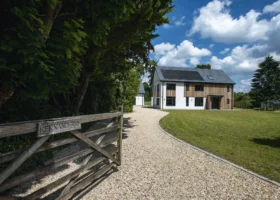
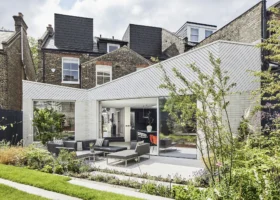
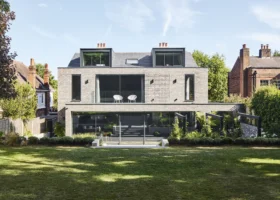

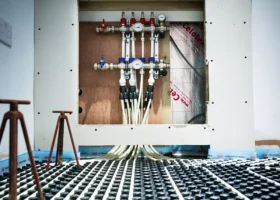


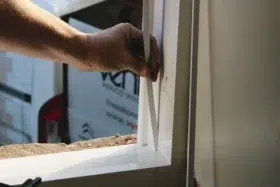

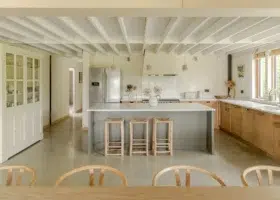
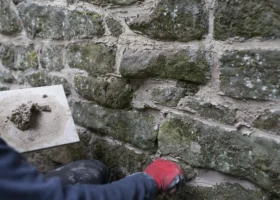

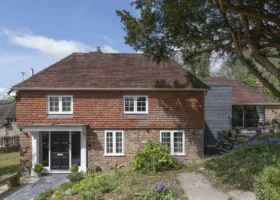
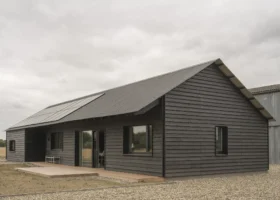
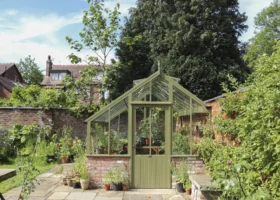
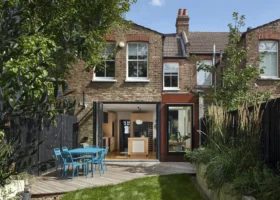
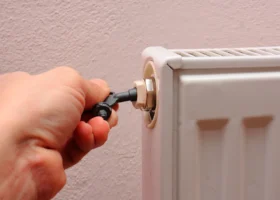
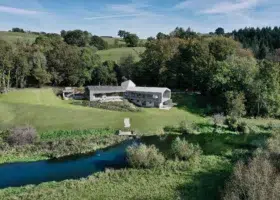
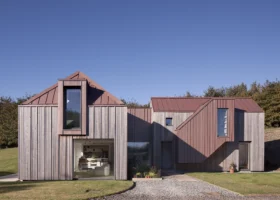
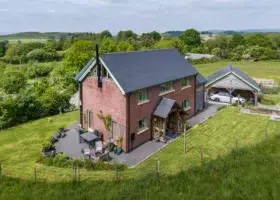
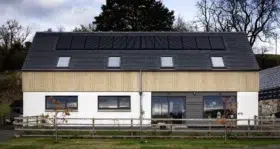
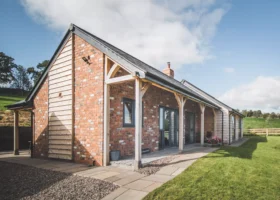
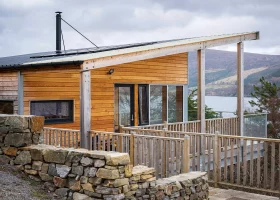
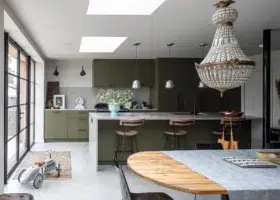
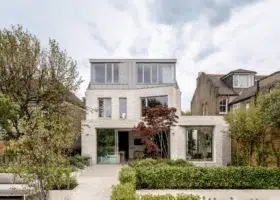
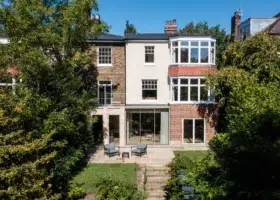
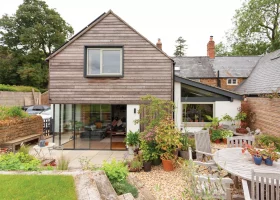
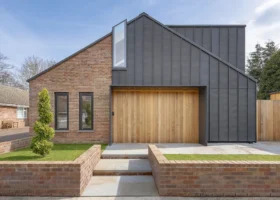
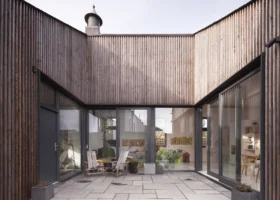
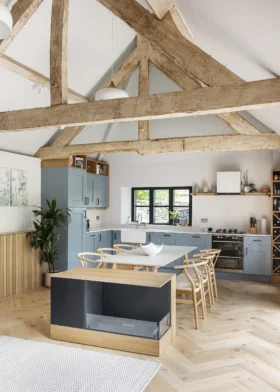
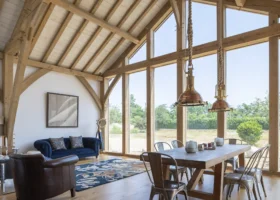
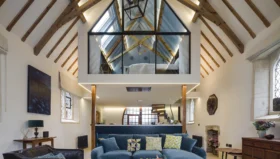
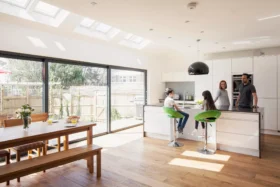
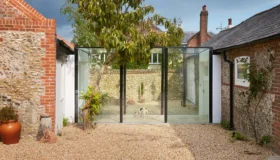
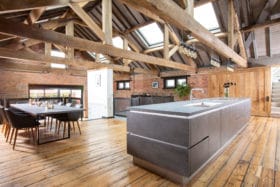
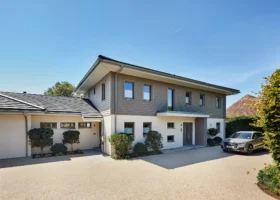
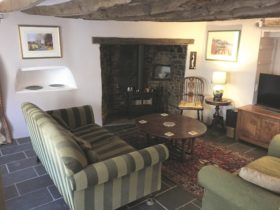
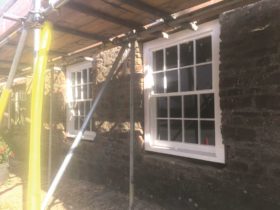
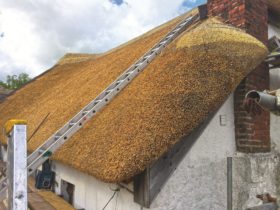

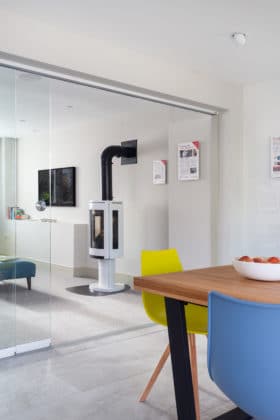


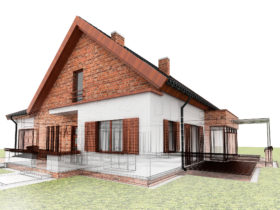



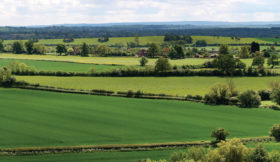
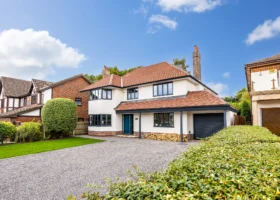
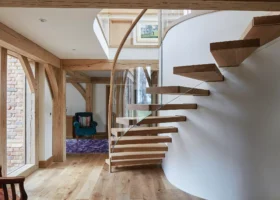




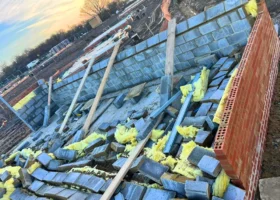

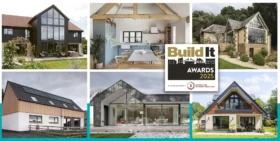
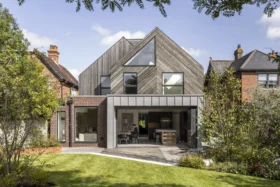




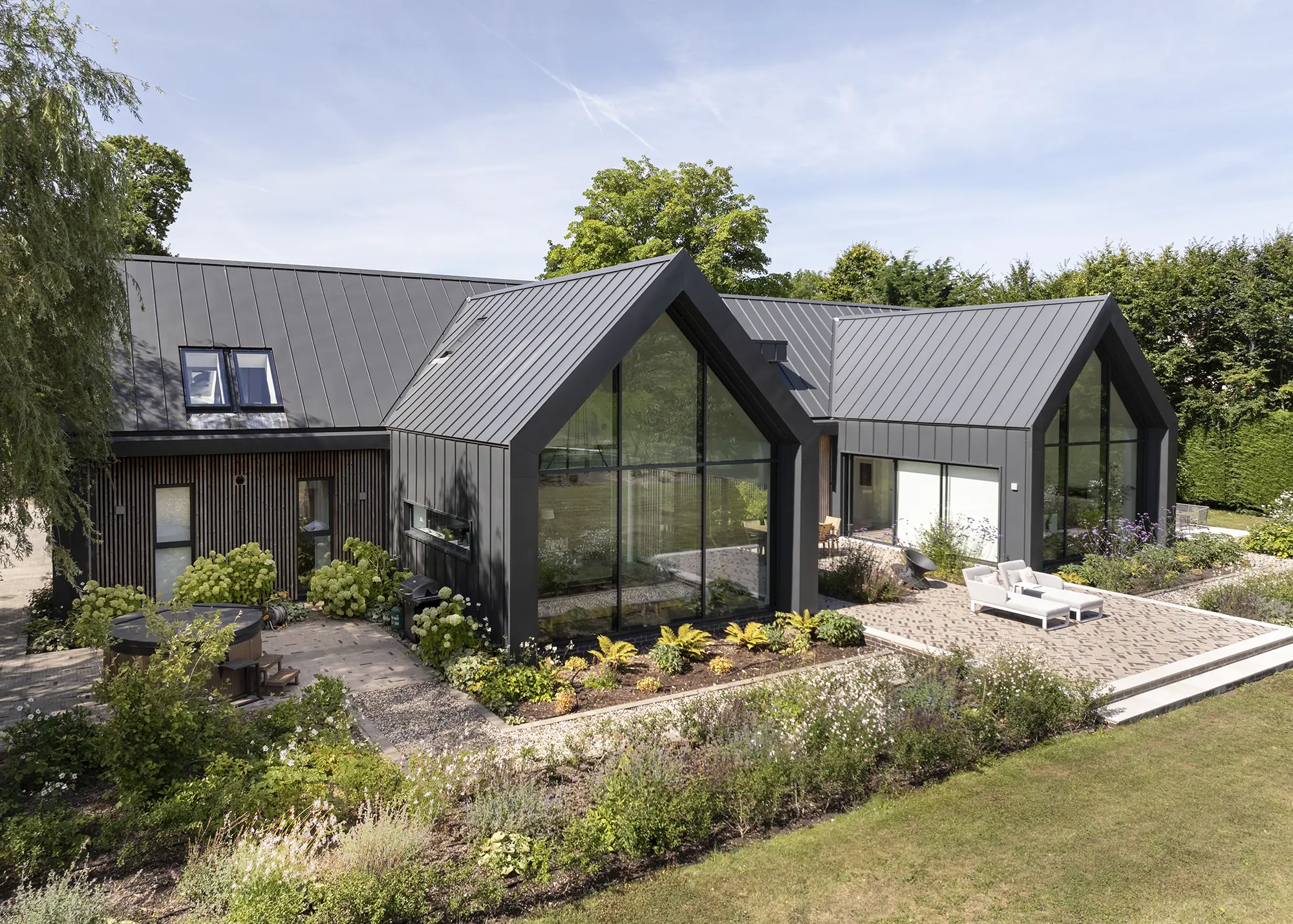
 Login/register to save Article for later
Login/register to save Article for later


